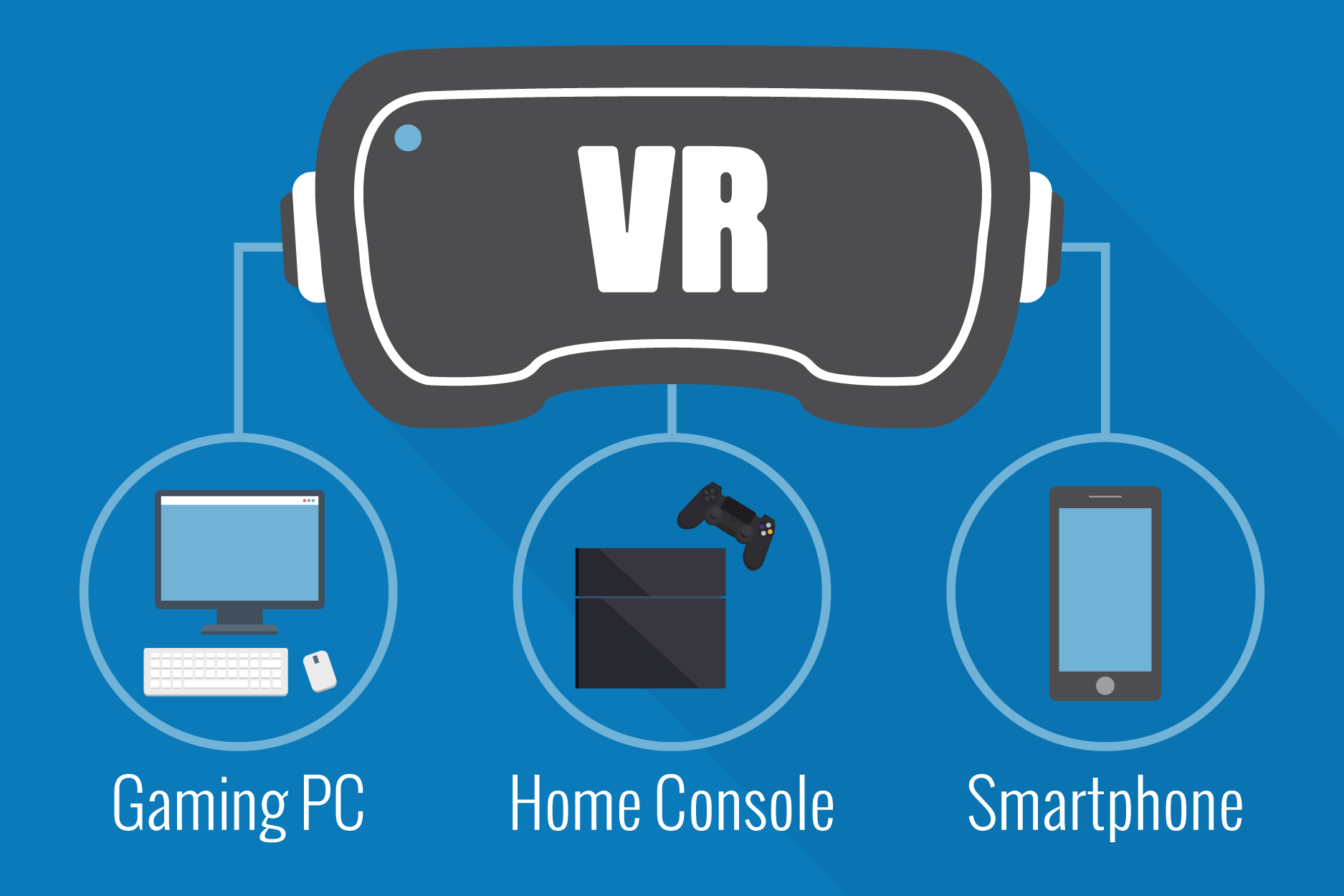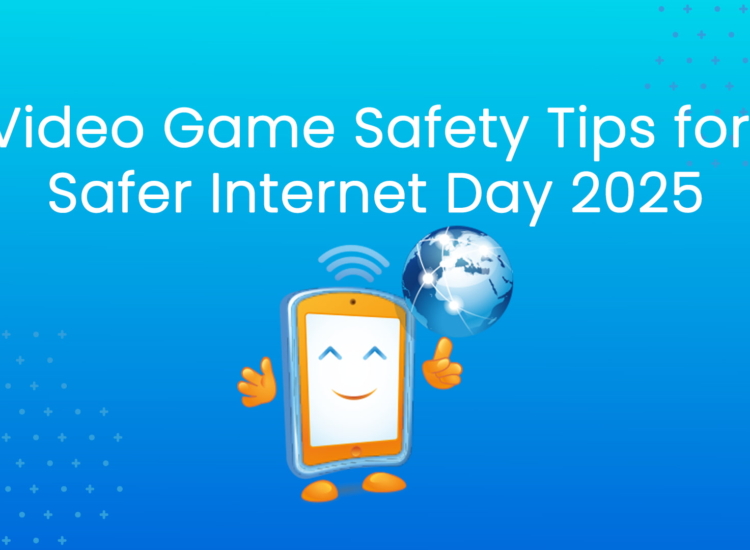Reality 101: Introduction to Virtual Reality

Virtual reality has been a sci-fi dream for decades, and it’s turning into an actual reality. Multiple consumer friendly VR devices are now in the market, but you may not know which are appropriate for your children. Fortunately, ESRB is here to help you with an introduction to virtual reality!
What is VR?
Virtual Reality (often abbreviated to just VR) uses powerful PCs, home consoles and/or smartphones to generate a simulated, three-dimensional environment. The goal is to give the user a sense of actual presence within an artificial world! While VR is primarily used with games, it’s also being used to immerse users in all sorts of experiences such as short films, documentaries, virtual tourism, house-hunting, museums tours, product demonstrations, medical simulations, and much more!
VR is achieved using a headset. Sometime it’s connected to a powerful computer or game console that enables content to run smoothly, while other headsets operate without a powerful connection by using a built-in display or a smartphone. Regardless of which you choose, headsets are positioned on the user’s head so the screens (one for each eye) completely envelop the user’s view. The immersion is further enhanced through the implementation of 3D sound and motion tracking. Some of the more advanced iterations use an array of cameras that track the user’s position.
It’s an experience not quite like any other.
In VR the user’s senses are completely occupied by the virtual world. It’s a completely different experience than using a traditional screen, and its potential application for video games and beyond feels limitless.
What are some VR devices?
In most cases, you can’t just pick one of these headsets up and start playing. VR requires a current generation video game console, an advanced smartphone, a powerful personal computer, or a dedicated VR device for most current headsets. Some of these include the PlayStation VR, Oculus Rift, Samsung Gear, Google Daydream View, and HTC Vive. Remember that these can be relatively pricey, so be sure to research the system requirements before you commit.
It’s worth noting that VR headsets are not always manufactured with a child’s head in mind. As such, they are generally not recommended for kids aged under 12 or 13. In other words, make sure you read the manufacturer’s notices before bringing home a new headset. If you decide to take the plunge, first ensure the area is clear of physical obstacles to avoid any falls. It’s also a good idea to schedule 10-minute breaks for every hour of VR gameplay, and only allow its use with adult supervision.
How does the ESRB rate VR content?
The ESRB rating system is designed to evolve with industry innovations. ESRB ratings have always incorporated context and perspective — two key factors in VR games — when evaluating the age appropriateness of a game. Look for the ESRB rating on all Oculus, PlayStation, DayDream, and Nintendo games and apps prior to purchase or download.
ESRB will rate VR titles consistently and clearly, as we have with all video games for the past 23 years. And with this virtual reality introduction, you can rest assured that the ESRB ratings provide the information you need to make decisions about all of your kids’ new video games.


